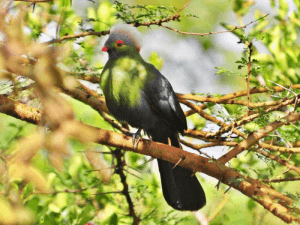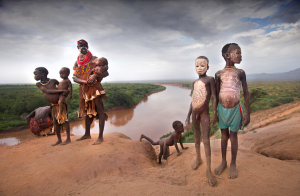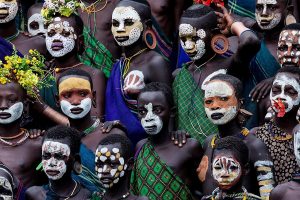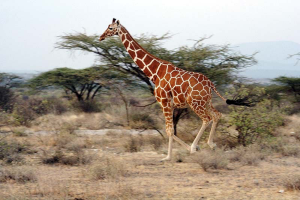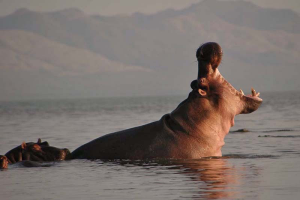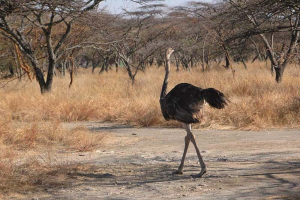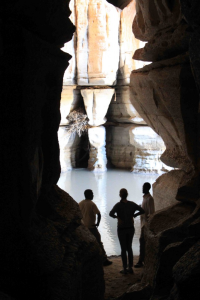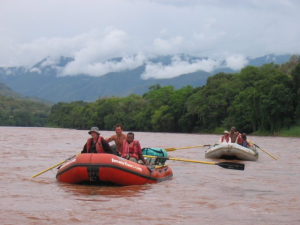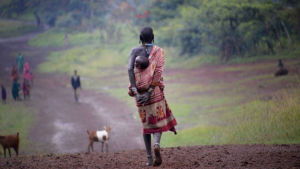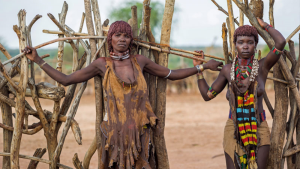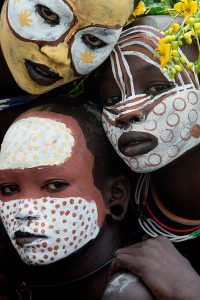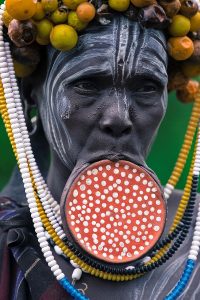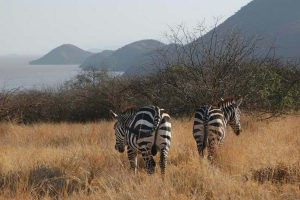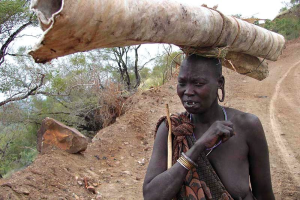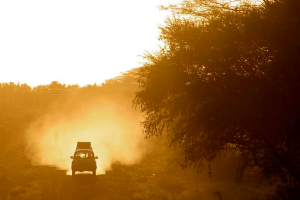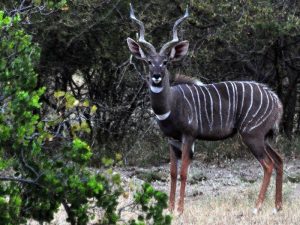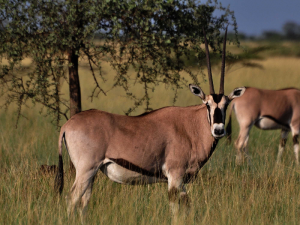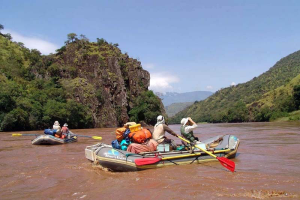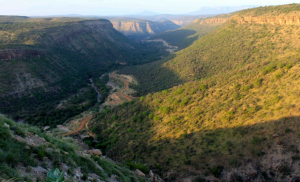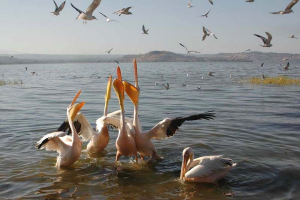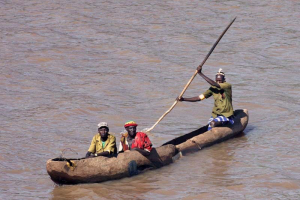Essential information
Difficulty: This tour is not strenuous. Visits to the markets, villages and different tribes are very sedate, calm and relaxed requiring no great levels of fitness. There is however a fair bit of driving on gravel roads.
Private groups: The adventures featured in our itinerary, and on our website, are just a starting point for many of our private group travellers. Working closely with our Groups Department we can organize custom designed itineraries for groups of friends, clubs, charity’s, schools or even work colleagues. Our team will assist you with all aspects of your private group adventure from itinerary design to group flights. For group traveller pledge considerable discount. Contact our team today.
Cost of Group Tours: We believe in an honest, upfront pricing structure so you know exactly what the tour will cost before you book. On our group tours we avoid local payments, ‘optional extras’ or forcing our clients to go through the annoying procedure of splitting every meal bill. Our tours are provided on a predominantly full board basis, with drinking water, government permits, entrance fees and transport all included.
Visa All nationalities require a visa for Ethiopia which can be obtained before departure or on arrival (at a cost of USD 50).
There are no mandatory vaccination requirements.
Customized tours: On request, this tour can be customized for small groups.
Proceeding / additional days: It’s no problem to add days before or after the expedition and we’ll book these for you. If you bring more time, you could do day trips from Addis or take an extension tour
Group booking discount: If at least 5 people together book this trip, 6% discount is given.
Accommodation: As an overall ethos, wherever possible we aim to use characterful accommodation that enhances the overall travel experience, not just offers a bed for the night. This can obviously vary dramatically from country to country and from trip to trip. On this trip we will be in some basic hotels, guesthouses with shared facilities, some comfortable eco-lodges as well as one night sleeping communally in a local school. Please note that the accommodation mentioned in the itinerary is intended as a guide only and is always subject to availability.
Transport: On this tour we will use a minibus in Addis and 4WDs for the rest of the trip.
This trip necessarily involves a fair amount of driving but the relative comfort of travelling in 4WDs and the stunning scenery we’ll encounter en route more than compensates. –It is important to point out that the Omo Valley is not an easy place to visit, even for the most experienced of travellers. Over the years tourism has been allowed to develop there without much thought for the local people. With the best will in the world, no one tour group or tour company is going to be able to “undo” years of bad habits but by having an understanding of the issues and focusing on market days we at least hope this trip will be able to offer a more satisfying experience for both clients and the locals. However please come prepared for an experience that will undoubtedly be memorable but may also prove challenging at times
Climate: The dry seasons occur from June to September, and between November and March. There are two rainy seasons. The first of these – late March through to early June – is heavier, with the South Omo Valley and regions local to the Bale Mountains receiving between 200 and 250mm in April and the first weeks of May, the mid-south peaking at about 125mm.This pattern – the further south-east one travels, the drier it gets – is just as true later in the year, during the area’s second set of rains, when between September and November the likes of Hagere Marian (just north of South Omo) peak at around 180mm (October), while Gode in Ogaden barely gets above 50mm. Clearly, travel in the mid-south and south-east is hard going, with temperatures soaring into the late thirties, the heat dry, the habitats extremely arid. The South Omo Valley is also dry and hot, but, being in the Rift Valley, better watered and fairly comfortable during the dry seasons.
Difficulty: This tour is not strenuous. Visits to the markets, villages and different tribes are very sedate, calm and relaxed requiring no great levels of fitness. There is however a fair bit of driving on gravel roads.
Adventure Rating
Comfort Grade
Fitness Level


